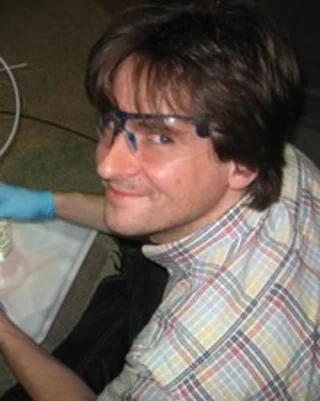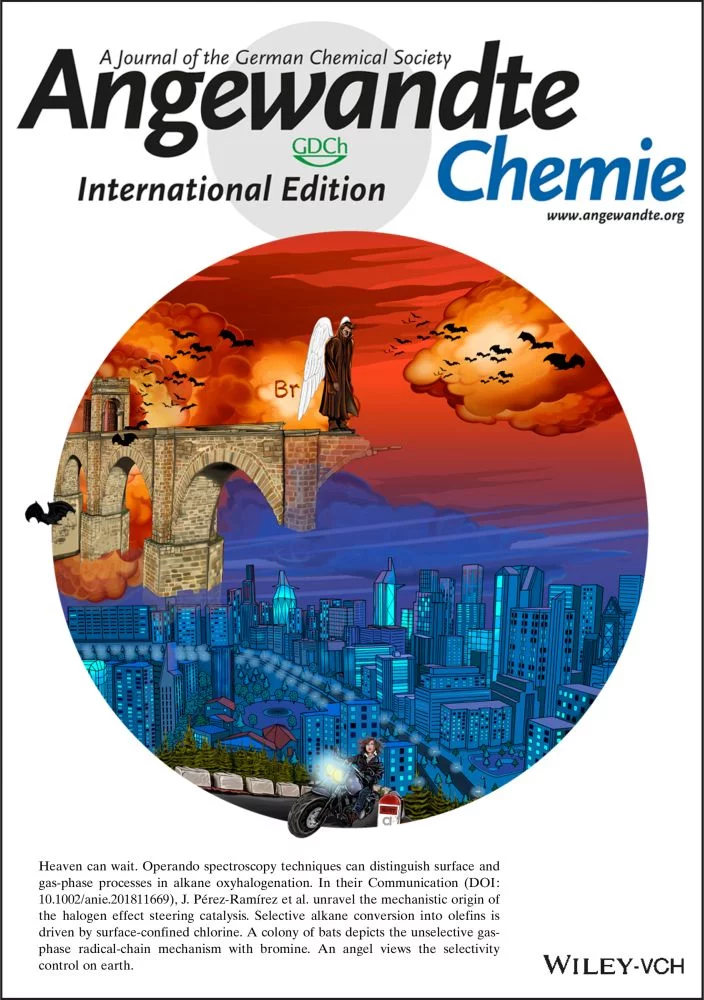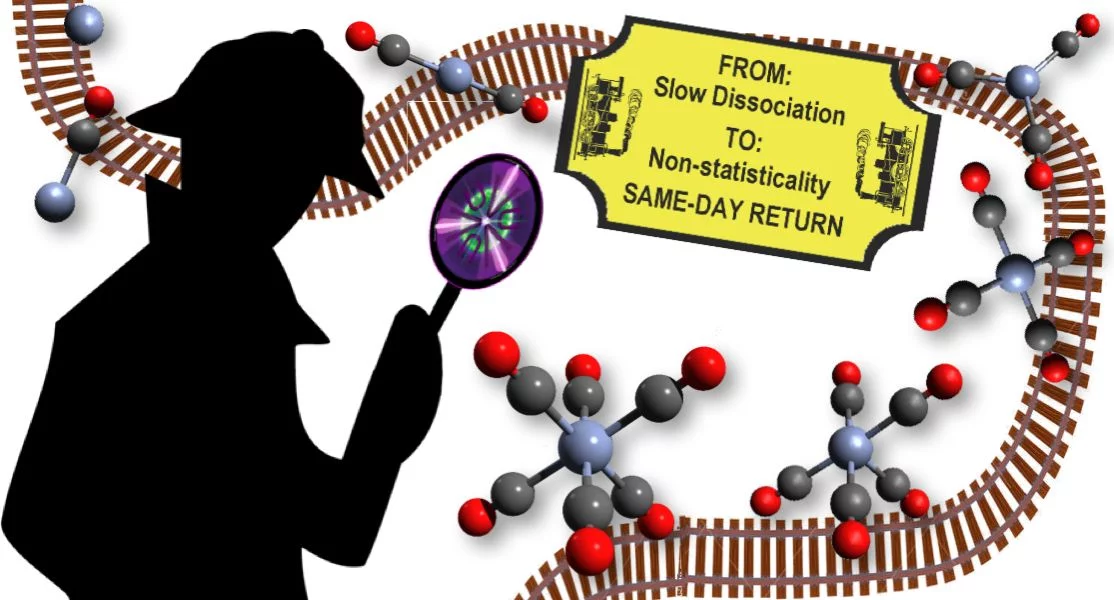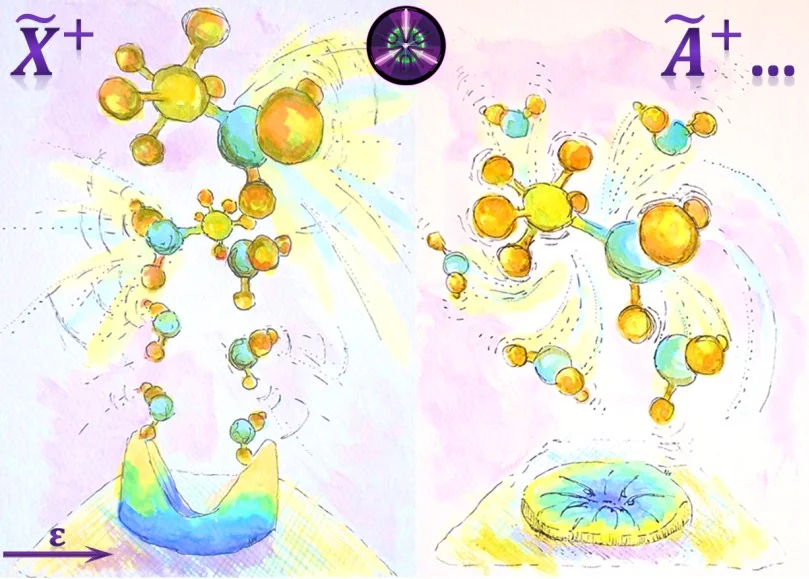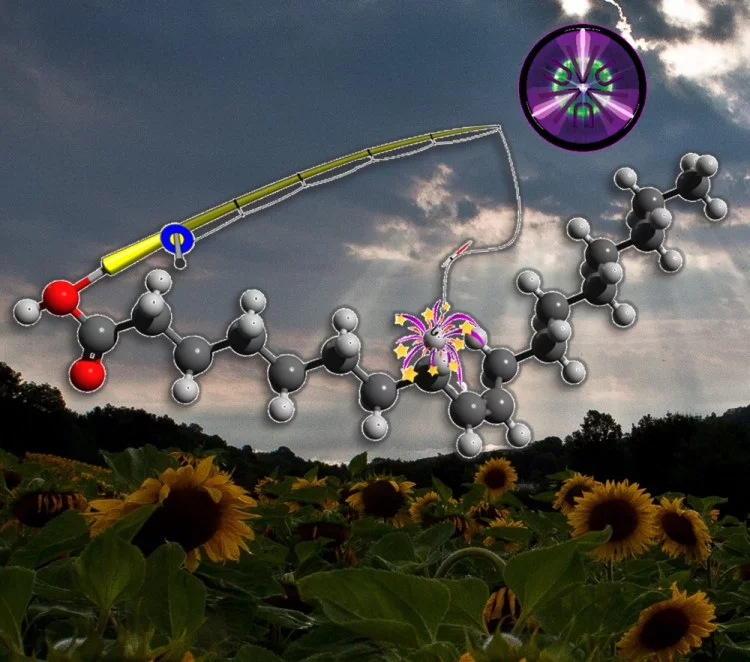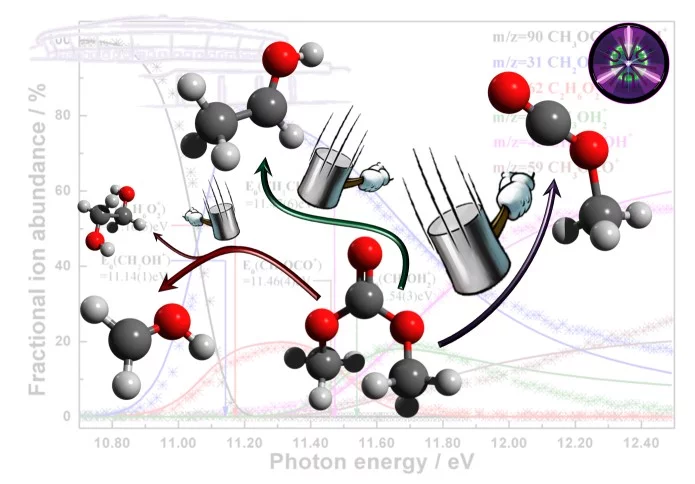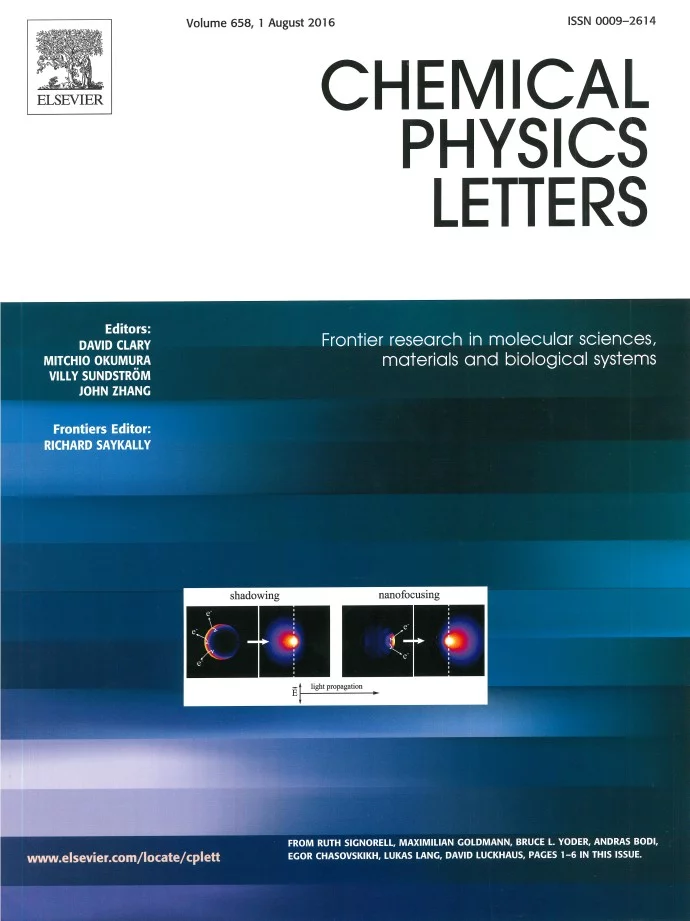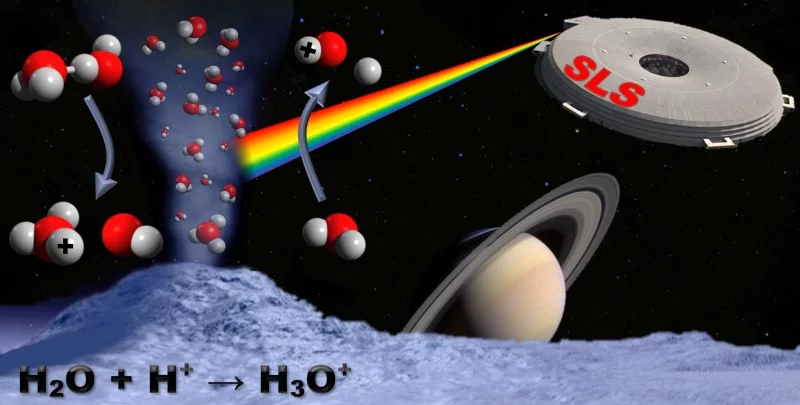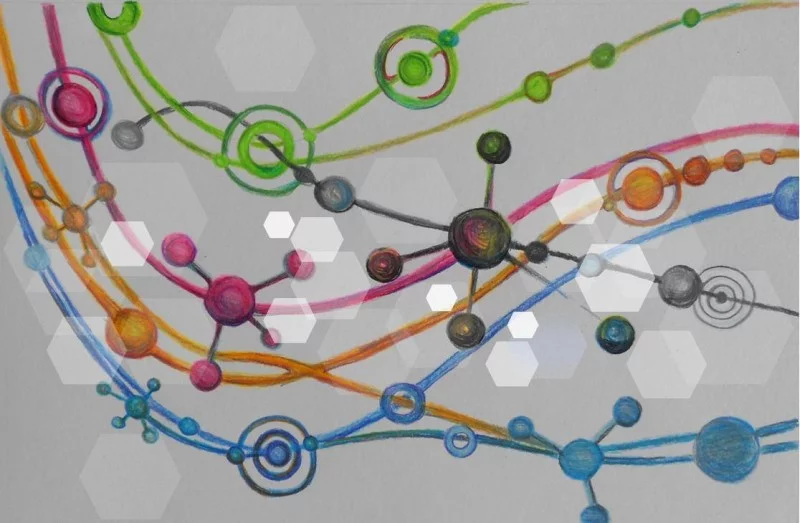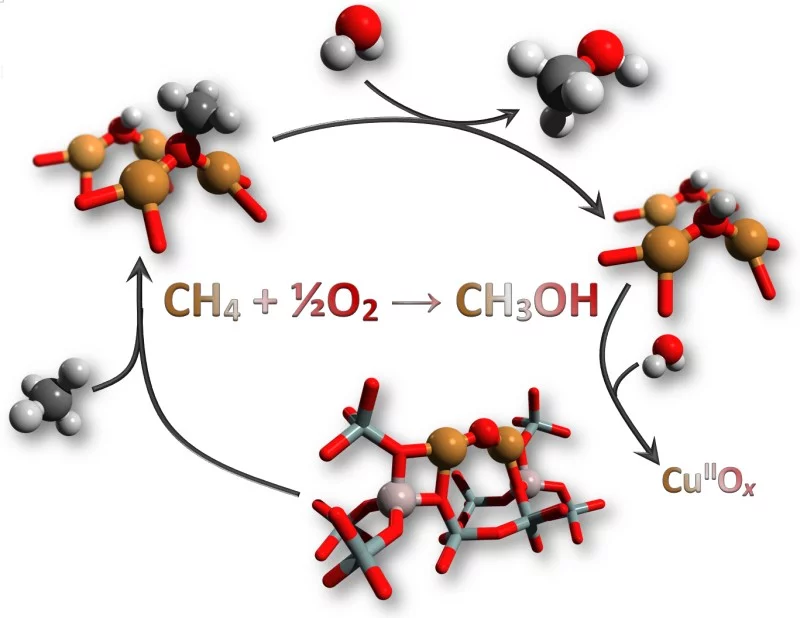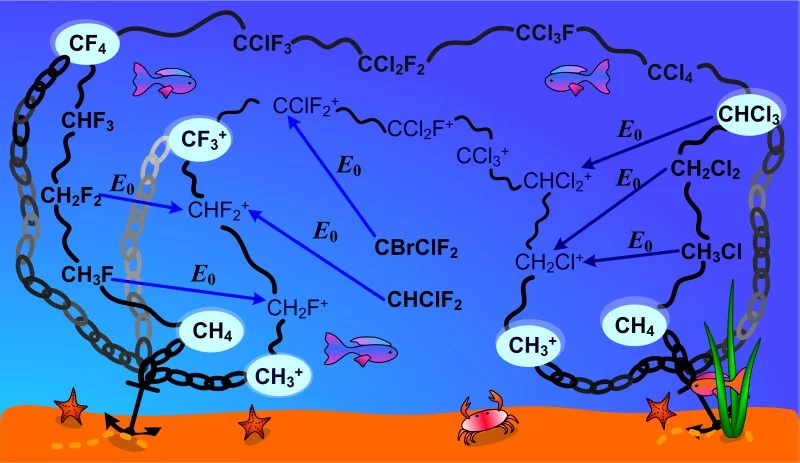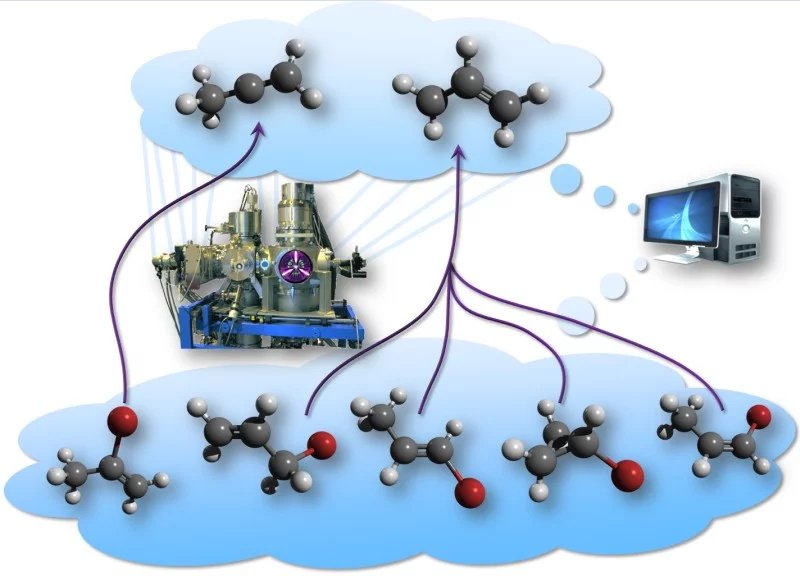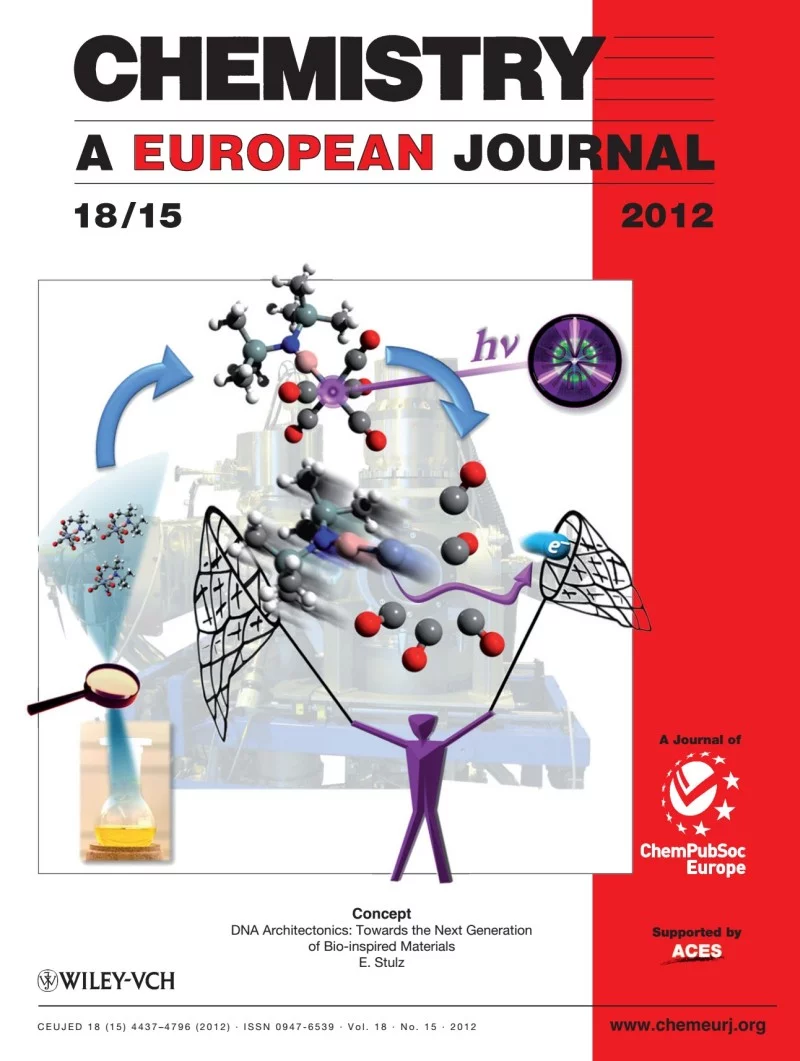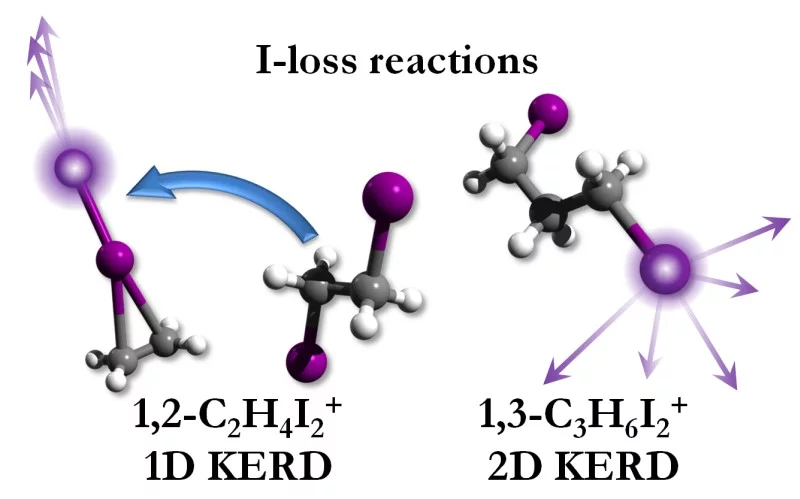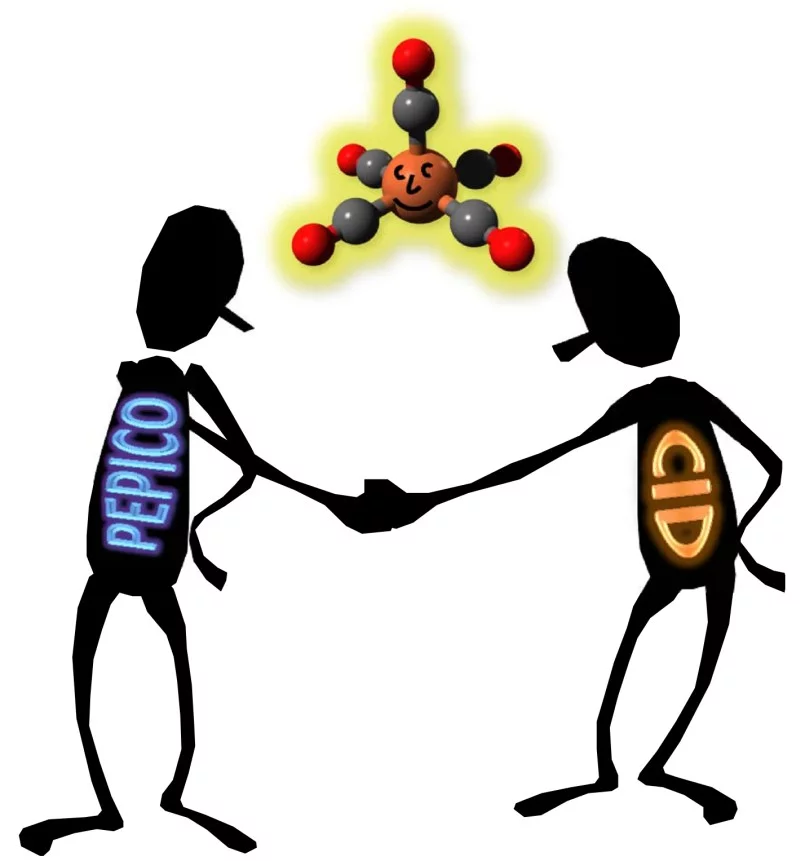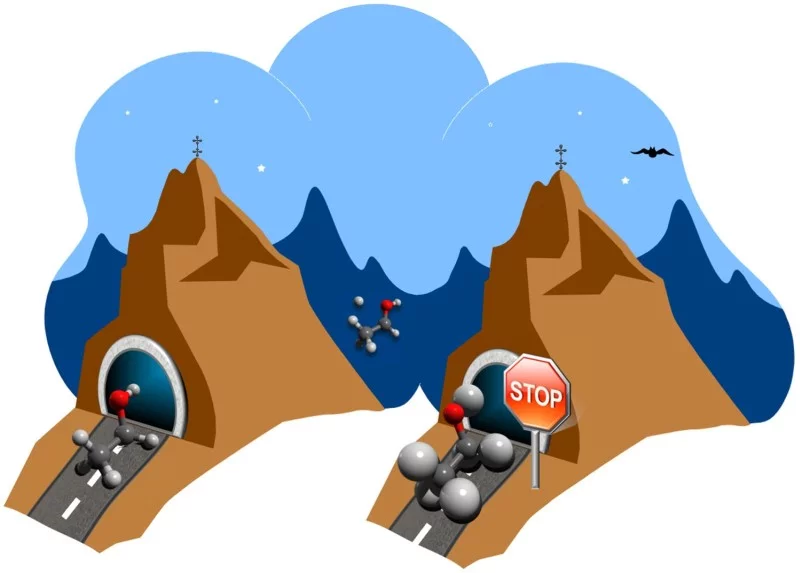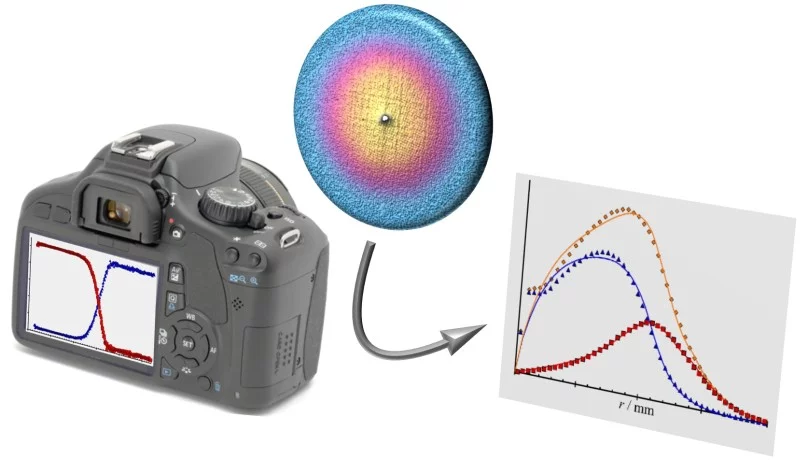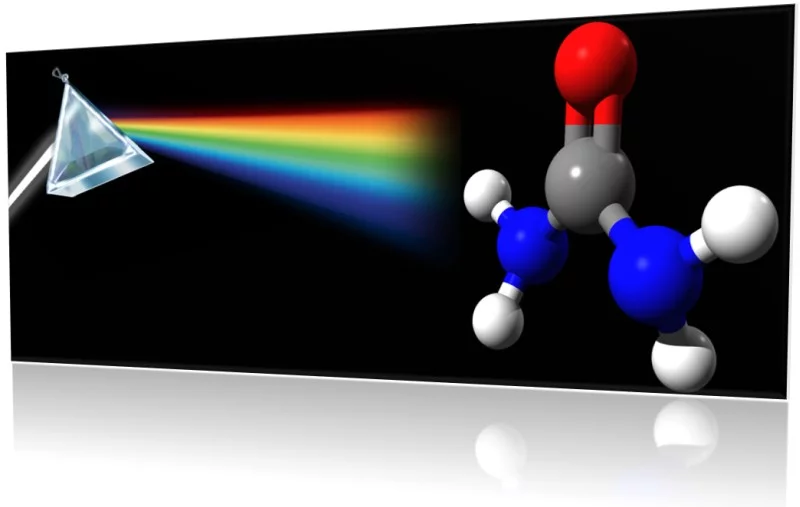ORCID: 0000-0003-2742-1051, Andras Bodi at Google Scholar
Biography
Andras Bödi leads the Reaction Dynamics Group in the Laboratory for Synchrotron Radiation and Femtochemistry, Photon Science Division at the Paul Scherrer Intitute. He started working on instrumental projects during his master's thesis and developed the measurement program for a UV photoelectron spectrometer at Eötvös University, Budapest, Hungary. He received his PhD summa cum laude in physical chemistry from Eötvös University in 2006. During his PhD, he focused on Photoelectron Photoion Coincidence (PEPICO) studies of the alkyl compounds of the nitrogen group. He carried out experiments at the University of North Carolina, where he participated in upgrading the PEPICO spectrometer. He was involved in various computational projects and studied, e.g., internal rotation in molecules. He was a visiting scholar at the University of Saskatchewan, Saskatoon, Canada, at the Memorial University of Newfoundland, St. John's, Canada, and at the Max-Planck-Institut für Kohlenforschung, Mühleim an der Ruhr, Germany. Between 2005 and 2006, he was a research assistant and lecturer at the University of Iceland, Reykjavík, Iceland, where he studied the conformational behavior of substituted silacyclohexanes and the potential energy surfaces of small molecules to interpret Resonance-Enhanced Multiphoton Ionization (REMPI) spectra. In 2007, he joined PSI as a postdoc to design and build a PEPICO endstation at the Vacuum Ultraviolet (VUV) beamline. He has established photoelectron photoion coincidence detection, constructed a number of velocity map imaging endstations, developed new data acquisition and analysis tools at the VUV beamline and has been a beamline scientist there since 2009.
Institutional responsibilities
Data acquisition approaches, coincidence experiments, and beamline components pioneered at the VUV beamline have inspired research programs at other synchrotrons worldwide. As a member of the Reaction Dynamics Group, Andras Bödi strives to ensure that the VUV beamline stays at the forefront of developing and applying double imaging photoelectron photoion coincidence (i2PEPICO) spectroscopy to deliver state-of-the-art spectroscopic and energetics data as well as a universal, sensitive, selective, and multiplexed detection tool. He also supports user experiments at the beamline, such as a cluster endstation in co-operation of the University of Konstanz or an ultrathin free-flowing liquid sheet setup with the Maloja/SwissFEL group. He has supervised master's, PhD and exchange students as well as postdocs during extended trips or stationed permanently at the beamline. He is a visitor guide at Paul Scherrer Institute.
Scientific research
Andras Bödi applies vacuum ultraviolet valence photoionization with imaging Photoelectron Photoion Coincidence techniques to study chemistry in all states and phases, from catalysis, energy storage and conversion, combustion, and pollution abatement to astrochemistry. He unveils reaction mechanisms and energetics in the neutral and cationic states by revealing elusive and highly reactive intermediates, locating rate-determining transition states and identifying reaction coordinates. He pursues experimental developments with the goal to establish PEPICO detection as a reaction microscope and unfold the emerging chemistry in a growing set of reactive systems, be it hot or cold, dense or sparse, simple or complex. He also applies computational chemistry tools to understand and model the measurements.

